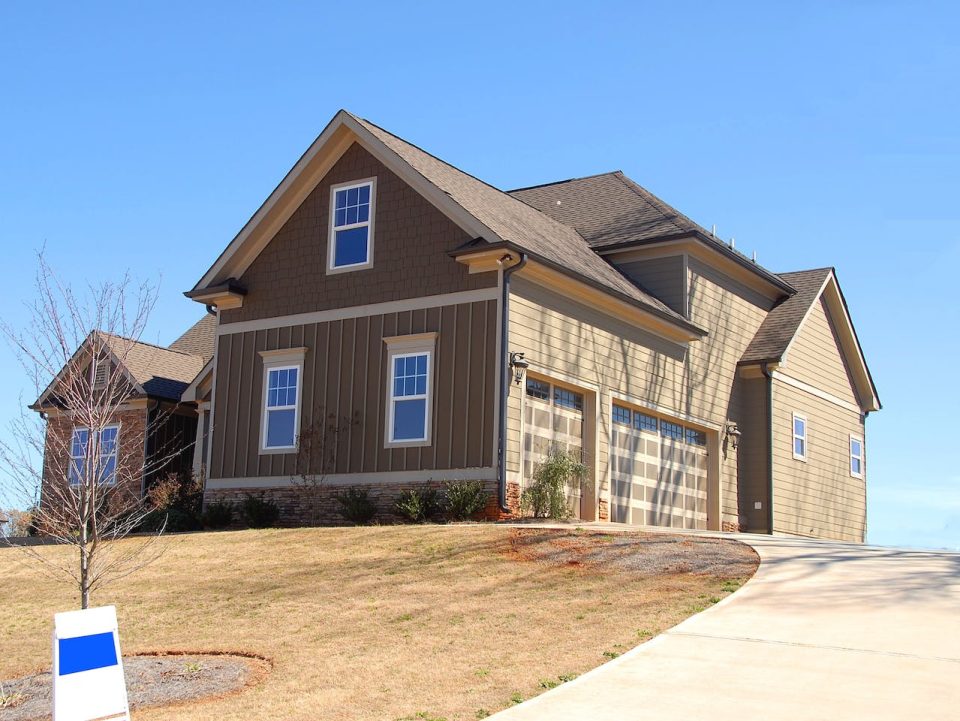In a challenging month for prospective homebuyers, the resale housing market witnessed a significant downturn as elevated mortgage rates and escalating home prices dealt a blow to affordability. The National Association of Realtors (NAR) reported on Tuesday that previously owned home sales saw a decline of 4.1% in October compared to the previous month, reaching an annualized rate of 3.79 million units. This marked a staggering 14.6% decline from the same period last year and fell below economists’ predictions of 3.90 million units, as indicated by a Bloomberg poll.
The median home price experienced a notable 3.4% year-over-year increase, marking the fourth consecutive month of annual gains and the most substantial surge since November 2022. October’s median price of $391,800 set a record as the highest for that month.
NAR Chief Economist Lawrence Yun acknowledged the challenges faced by potential homebuyers, citing the persistent shortage of housing inventory and the highest mortgage rates in a generation. Despite the obstacles, Yun noted that multiple offers were still prevalent, especially for starter and mid-priced homes.
The NAR remains optimistic about a rebound in existing home sales in 2024, forecasting a 15% increase after an 18% decline in 2023. This outlook hinges on expectations that mortgage rates will decrease to between 6% and 7% during the upcoming spring selling season.
Experts believe the worst may be over, with Mark Fleming, Chief Economist at First American, expressing that existing home sales are unlikely to decline much lower, given the recent fall in mortgage rates from their peak of 8%, coupled with a resurgence in mortgage applications.
However, the subdued activity is widespread, and pricing remains elevated due to persistent competition. All four regions of the country recorded year-over-year declines in resale activity in October.
In the West, sales declined by 1.4% from the previous month to an annualized rate of 690,000 in October, marking a 14.8% decrease from the previous year. The median price in the West rose to $602,200, a 2.3% increase from the same period last year.
The South saw a 7.1% drop in sales from September to an annual rate of 1.69 million in October, down 14.6% from the previous year. The median price in the South reached $357,700, reflecting a 3.5% increase from October 2022.
In the Midwest, home sales remained unchanged from the previous month at an annual rate of 930,000 in October but were 13.9% lower than the previous year. The median price in the Midwest rose to $285,100, up 4.2% annually.
Sales in the Northeast declined by 4% from the annual rate of 480,000 in October, down 15.8% compared to the previous October. The median price in the Northeast increased to $439,200, up 7.5% from the previous year.
NAR Chief Economist Lawrence Yun highlighted that 28% of homes sold in October went above the list price, indicating a persistent trend of multiple-offer situations, even compared to the previous year when mortgage rates were lower.
The challenging market conditions were exacerbated by a surge in mortgage rates in October, with the 30-year fixed-rate mortgage reaching 7.76%, the highest since September 2000, according to Freddie Mac. Danielle Hale, Chief Economist at Realtor.com, emphasized that housing affordability continues to be a major obstacle for buyers caught in the dilemma of waiting for better pricing and mortgage rates or rushing to secure a home.
The double-whammy effect of high rates, increasing monthly mortgage payments, and discouraging homeowners from selling due to lower rates has led to a lack of inventory, driving prices upward.
Despite signs of a waning “lock-in” effect, with a slight increase in inventory at the end of October, the market remains constrained. Early November data from Altos Research suggests an unusual uptick in new listings, though inventory remains historically low. The market continues to grapple with challenges as prospective buyers navigate a complex landscape of high prices and fluctuating mortgage rates.
Source: Yahoo Finance

